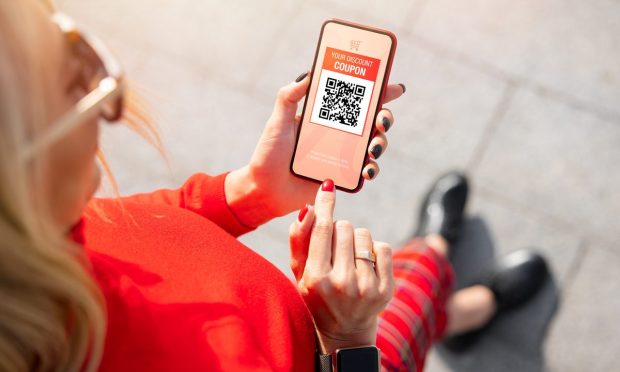Aging Coupon Business Evolves to Meet Demands of Connected Consumers

The old saw is that 50% of advertising and marketing spend is wasted — firms just don’t know which 50%.
Given that reality, companies riding the rising wave of digital commerce are searching for new ways in which to engage with customers, and to keep them engaged. That’s especially tough in the current macro environment, where inflation is running high and wage growth isn’t keeping pace with it.
People want to save money, and in an increasingly digital world they want to be able to take advantage of the most relevant offers that are presented to them over the channels they want to use.
Michael Blend, CEO and co-founder of System1, told Karen Webster that the basic value proposition of the coupon itself has not changed since the advent of green stamps decades ago. But the methods of delivery are changing, particularly as concerns about data sharing and privacy continue to mount.
There are any number of ways in which brands can incentivize consumers to buy new items — or at least give them a try. It may only seem like every time you click on an ad, or on Instagram, there’s a prompt to sign up for the company’s email or text alerts to save 10% on a purchase.
For the marketers, the impetus is there to extend the offers: Offering a percent or two — or 10 — now, to lure that initial purchase, can pay dividends over the longer term. But doing it in a targeted way benefits all stakeholders.
First the good news: There’s a certain segment of consumers who just enjoy discovering coupons — and the coupons are good ways in which to incentivize those consumers to purchase goods and services. TikTok, Google, Pinterest and various platforms have been key places of social engagement and points of interaction where videos give way to promotional offers.
And now for the not-so-good: As Blend noted, major brands have separate budgets in place for couponing and promotions — held separately from marketing and advertising spend. And that’s limiting opportunities for companies to surprise, delight and attract new customers. Ideally, he said, those separate buckets, intended to grow sales, need to converge.
There should be an integration of promotions and offers, contextually, inside the search journey, instead of existing as a separate silo on a site that needs its own search and discovery (which in turn creates friction).
The conversation came against the backdrop in which earlier this month System1 said it had acquired coupon code search engine CouponFollow in a deal worth $115 million. The company intends to integrate the search engine — along with its millions of subscribers and thousands of brand partners — into its omnichannel marketing platform.
Moving Beyond the Stutter Step
The goal is to give consumers discovery without the stutter step — moving beyond the hunt toward a better shopping experience. The acquisition spotlights that trend — where CouponFollow acts as both search engine and aggregator. System1, he said, can leverage coupons and promo codes directly into browsers and into separate search engines (operated by System1).
“We can eliminate the hops between a consumer searching for something and ultimately getting a promo code they can use at a vendor,” he said, adding, “The more we can take away the friction tied to those hops, the better.”
He noted that System1’s pre-CouponFollow business, focused on digital marketing, had been rebounding after the headwinds of the pandemic were most acutely felt in 2020. The firm’s targeted behavioral advertising, he said, along with its investment in Startpage (through its Privacy One subsidiary), the second-largest private search engine.
He said the company has a competitive advantage, here, with security and privacy concerns dominating headlines. By and large, he said, consumers are unhappy with how they are being marketed to on digital channels — namely, because they have no idea how a given company has found out about them in the first time.
A More Comfortable Marketing Experience
System1 uses first-party data — namely, individuals come to the company’s websites and give permission to use their individual consumer data, in marked contrast to an invasive advertising model, where mobile app downloads enabled firms to know everything going on one’s phone.
“It’s not a creepy experience,” Blend said.
With so much of the macro environment uncertain, Blend said, the future of couponing is bright, similar in scale and scope to cash back, buy now, pay later (BNPL) and loyalty programs. The improved privacy aspects (through permissioning), he said, will ensure that digital advertising is going to be around for the next hundred years. And alongside that longevity, he said, “couponing and promotions are not going anywhere.”
